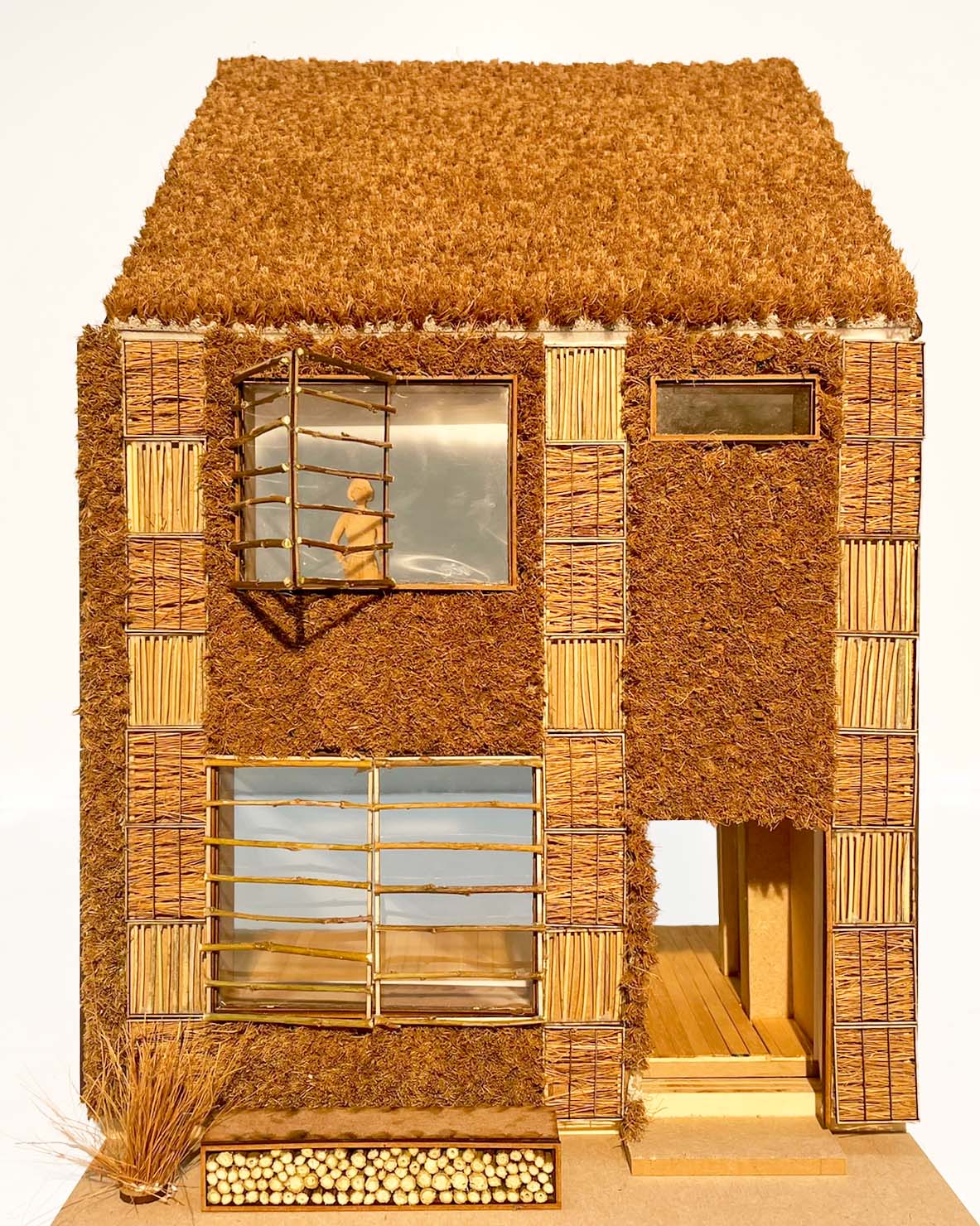Julia Ravensbergen
Building Technology Graduation Studio
Bloemkoolwijken - the new vernacular? Exploring the potentials of regional bio-based materials for the facade renovation of Bloemkoolwijken in the Netherlands
Many neighbourhoods were constructed after the Second World War and a significant number of these buildings will require renovation in the coming years. Particularly in neighbourhoods known as ‘Bloemkoolwijken’ (cauliflower neighbourhoods), named after their distinct cauliflower-like urban structure and accounting for 20% of the current building stock. These single-family homes, constructed approximately 50 years ago, require upgrades to meet current insulation standards. However, the construction sector, and specifically the building materials used, significantly contribute to greenhouse gas emissions, highlighting the importance of environmentally friendly building materials.
Therefore, this research aims to explore the potential of regional bio-based materials for add-on facade renovation of these Bloemkoolwijken. By utilising locally sourced materials, it aims to reinforce the local identity while reducing the carbon footprint associated with the renovation. The results provide insights into sustainable renovation practices by utilising locally sourced materials from three distinct landscapes: peat, sand and clay. The look-books offer a comprehensive overview of the possibilities in this field, while the proof of concept demonstrates the feasibility of such renovations.
